This project serves as the introduction to a series of projects that use Raspberry Pi, Arduino, Snap Circuits, and various other science toys that educators can use to teach STEAM (Science, Technology, Engineering, Art, and Math). This introductory project is actually very simple: I demonstrate how to program an Arduino with a Raspberry Pi.

March for Science Indianapolis
We are starting to see an alarming decline of science literacy in the United States. The US continues to be the most scientifically and technologically advanced nation on earth and continues to lead the world in science and technology output. But as Niall Ferguson, the Laurence A. Tisch Professor of History at Harvard University, observes:
“It’s certainly true that U.S.-based scientists continue to walk off with plenty of Nobel Prizes each year. But Nobel winners are old men. The future belongs not to them but to today’s teenagers....Every three years the Organization of Economic Cooperation and Development’s Program for International Student Assessment tests the educational attainment of 15-year-olds around the world. The latest data on “mathematical literacy” reveal that the gap between the world leaders—the students of Shanghai and Singapore—and their American counterparts is now as big as the gap between U.S. kids and teenagers in Albania and Tunisia." Source
China is catching up to the United States according to the National Science Foundation. Nonetheless, though we have a number of serious issues we must confront such as global warming, we do have immediately pressing issues such as confronting anti-science movements like anti-vaccine, anti-GMO, and chemophobia (think Vani Hari a.k.a. “The Food Babe”).
Despite anti-science advocacy organizations and the "reproducibility problem," science still works:
There is a growing citizen scientist (amateur scientist) movement spawned from the maker movement that is similar to the Gentleman and Lady scientists that preceded the Age of Enlightenment and before the professionalization of science. Citizen scientists are doing research that often rivals professional scientists and publishing their research in open journals and occasionally in prestigious scientific journals. Of course, most modern citizen scientists usually aren't wealthy like the early Lady and Gentleman scientists but nonetheless conduct their experiments with what ever they can scrounge together.
I think the Maker/DIY/hardware hacking communities inherently understand that a gizmo may look good on paper, but once you start building it, it may not turn out the way you planned. There’s a lot of troubleshooting between idea and prototype trying to figure out what went wrong during the build. You learn a lot from failure. Probably more than you will from success.
Science isn’t a spectator sport—you actually have to do science. Makers/DIYers/hackers prefer not to read about a device or watch others build their contraptions—they prefer to roll up their sleeves and build their own.
Project: Program an Arduino Uno with a Raspberry Pi
I recently received a reviewer's sample of Elenco's Snapino. The "Snapino module is an Arduino UNO board with all normal features and is compatible with other Arduino shields and components. - Snapino can be used with other Snap Circuits® sets to make larger circuits." More info can be found here.
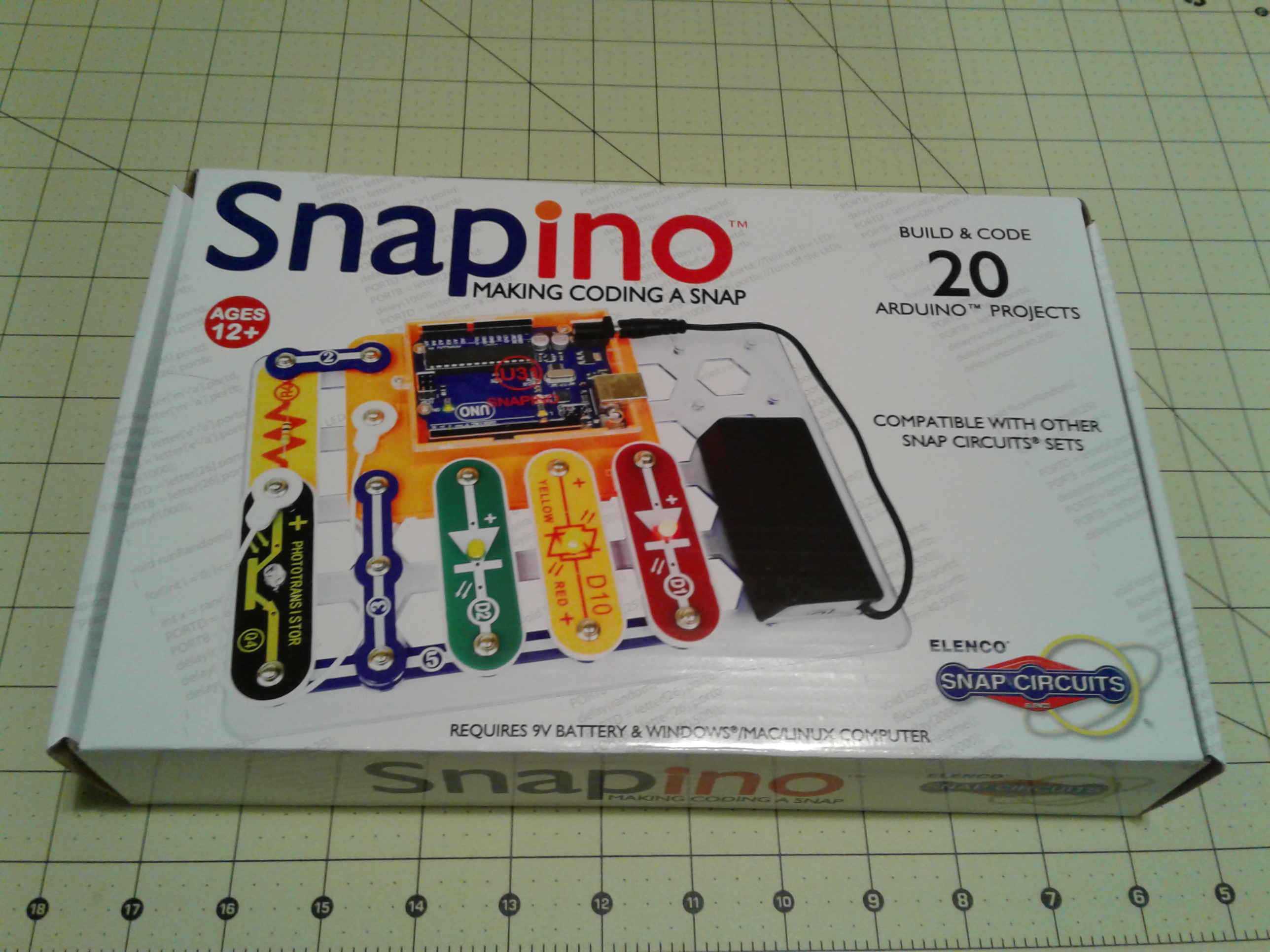
Snapino Kit

Snapino kit contents
As an introduction to using Raspberry Pi, Arduino, & science toys to teach STEAM I decided to try programming the Arduino with a Raspberry Pi. I used the Kano Complete to program my Snap Circuits Arduino block.
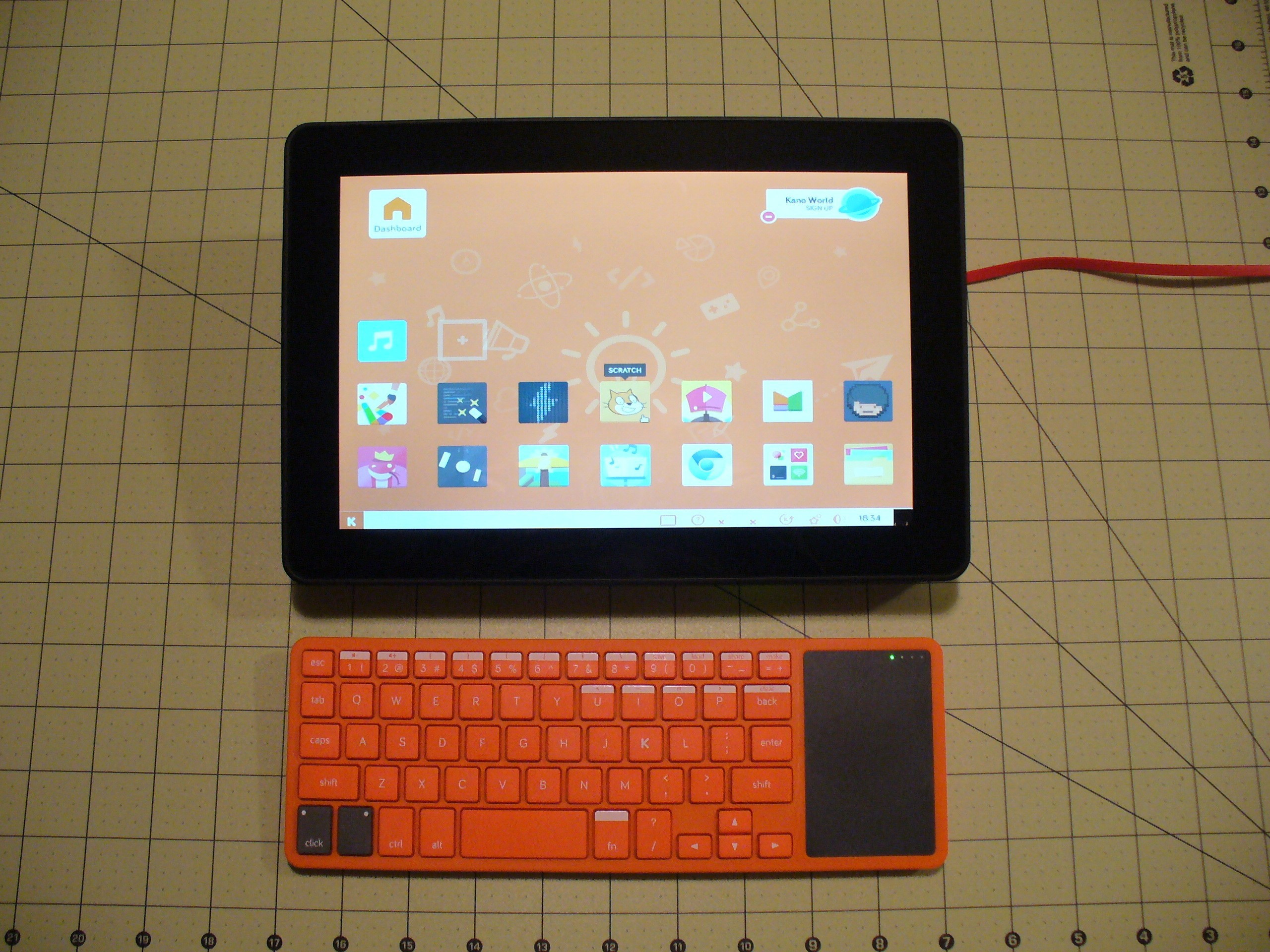
For more information about the Kano complete (Raspberry Pi 3 with screen and keyboard) see my review in Make: magazine Vol. 55 February/March 2017.
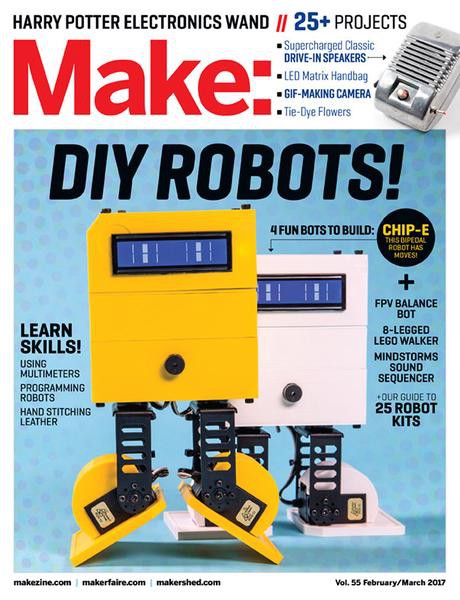
To program the Arduino with the Raspberry Pi I needed to install the Arduino IDE on the Kano Computer. I opened the Terminal program.
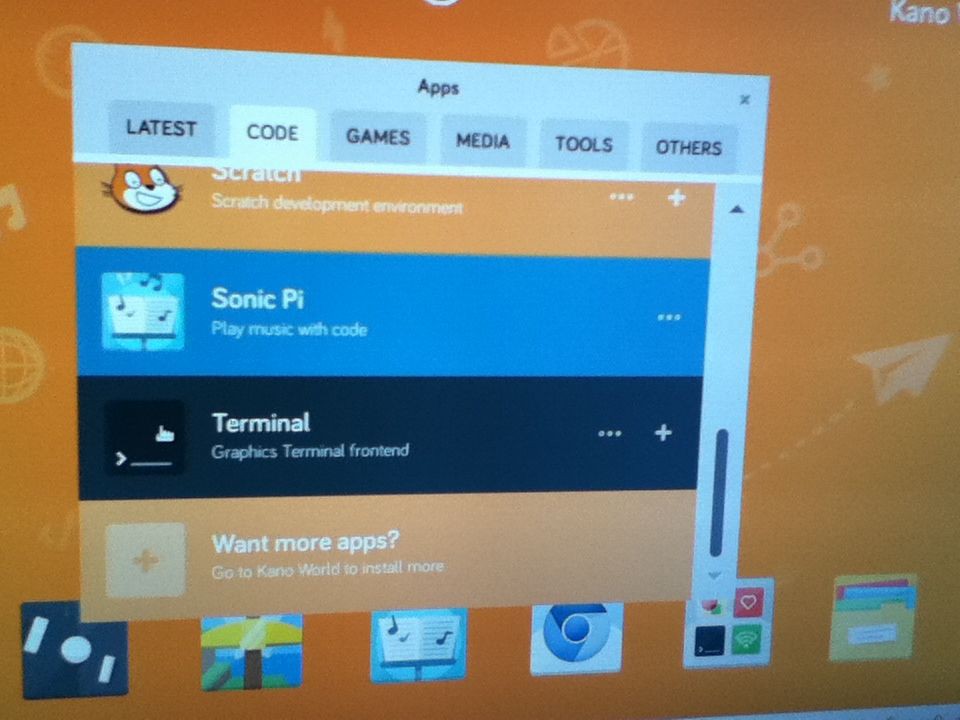 I used the following commands
I used the following commands
sudo apt-get update
sudo apt-get install arduino
(Source)
Once the installation was complete I rebooted the Kano computer and opened the Arduino IDE. I went to File > Examples > Basics > Blink and loaded the Blink Sketch example.
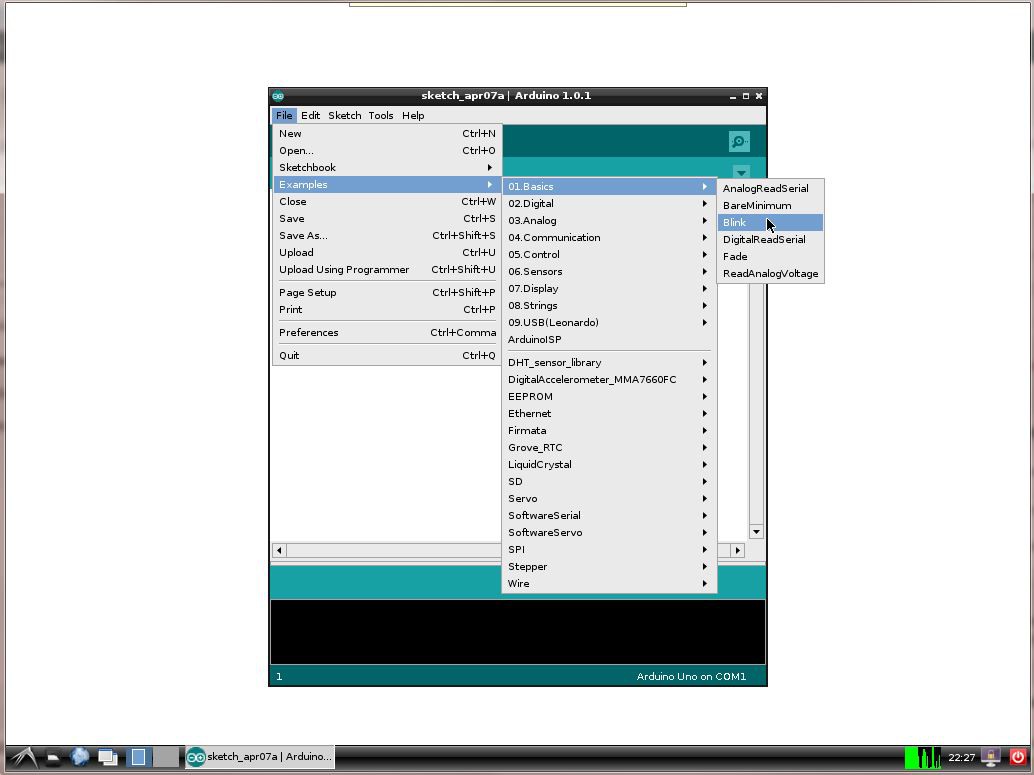
Next I connected the Snap Circuits Arduino block to the USB port of the Raspberry Pi 3 board on the Kano computer.
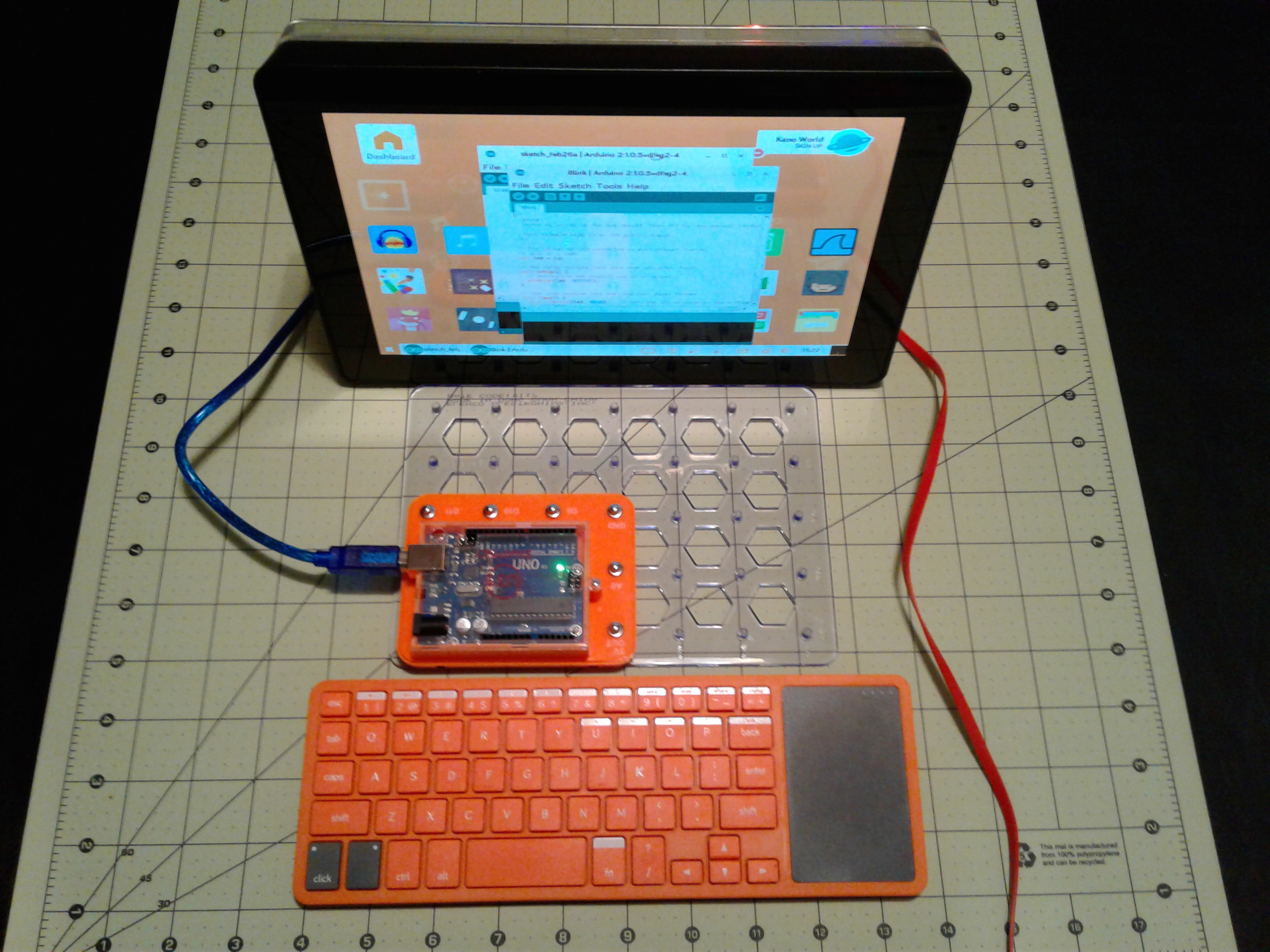
Once the Uno is connected, click the upload button in the Arduino IDE. After a few (or maybe several) moments the sketch is uploaded to the Uno and the LED on the Uno begins to flash.
To conclude, this was a simple demonstration of how to program an Arduino with a Raspberry Pi. It serves as the introduction to a series of projects that use Raspberry Pi, Arduino, Snap Circuits, and various other science toys that educators can use to teach STEAM (Science, Technology, Engineering, Art, and Math). Keep checking back for future projects (I'll provide links from this introduction to newer projects as they become avaialble).
 Steve Schuler
Steve Schuler